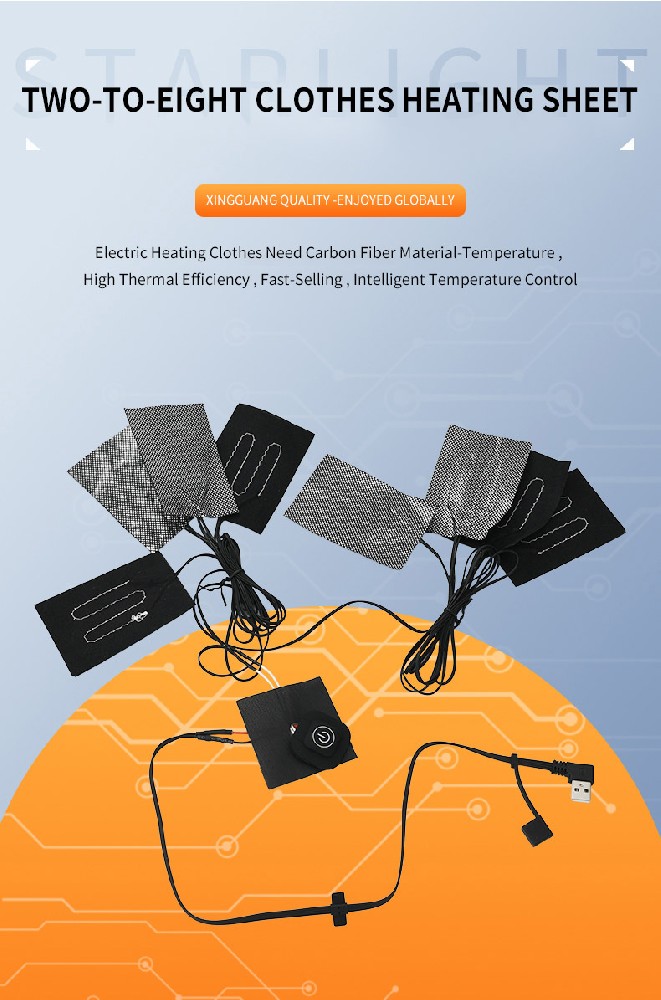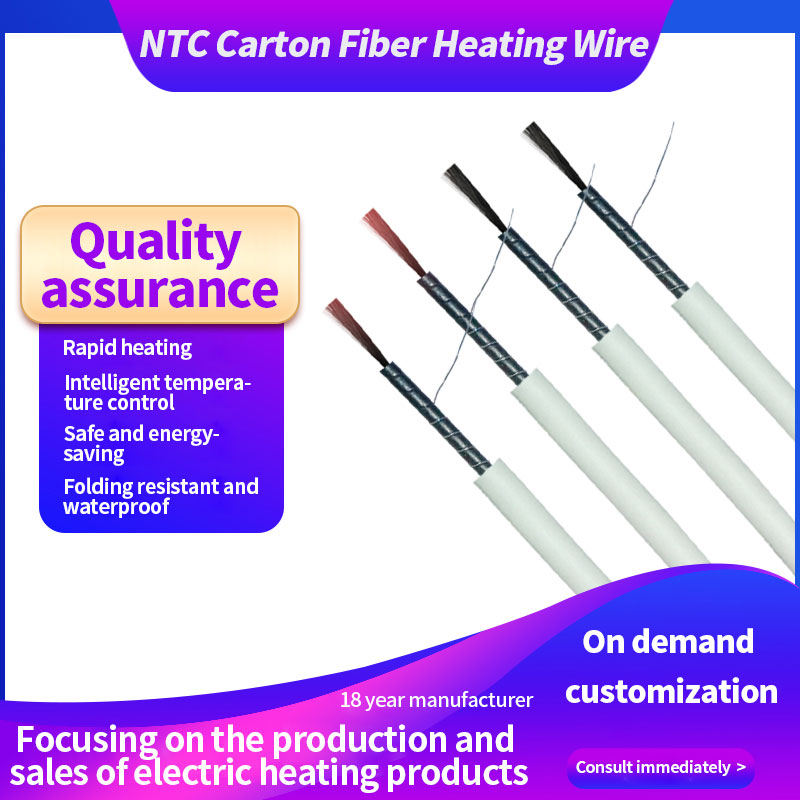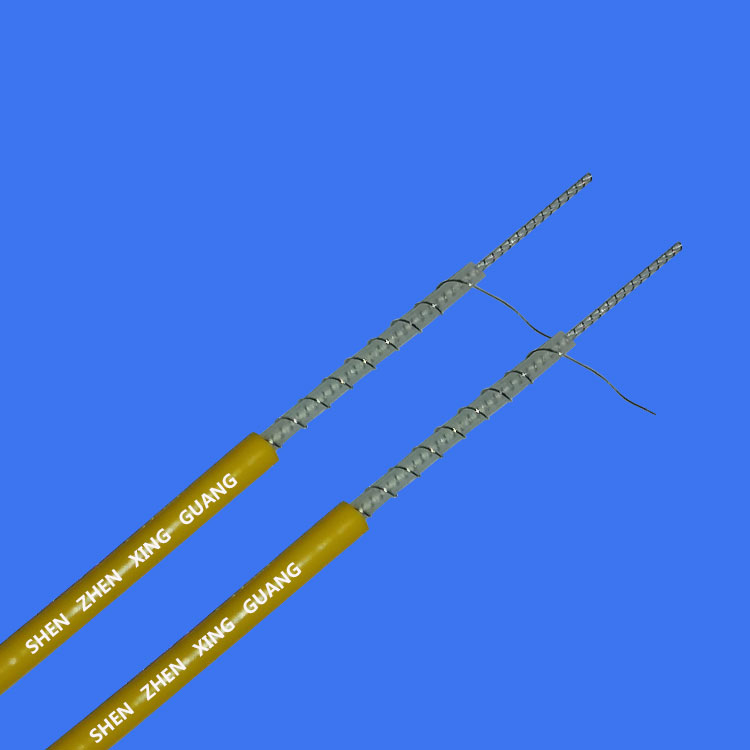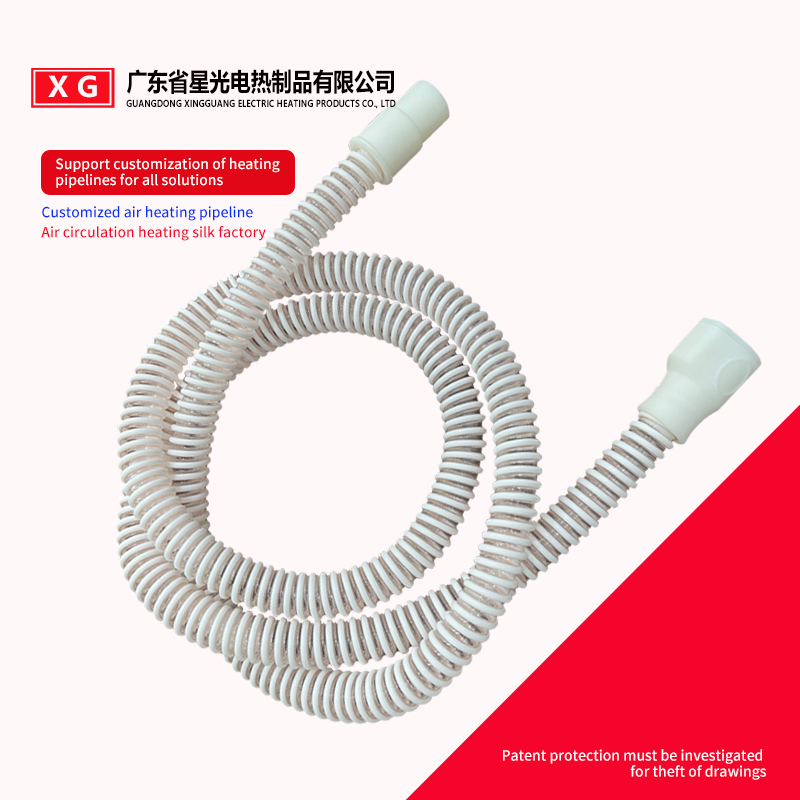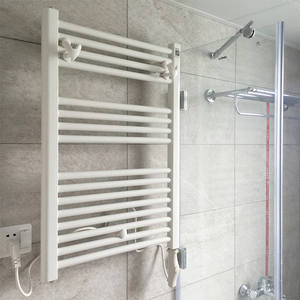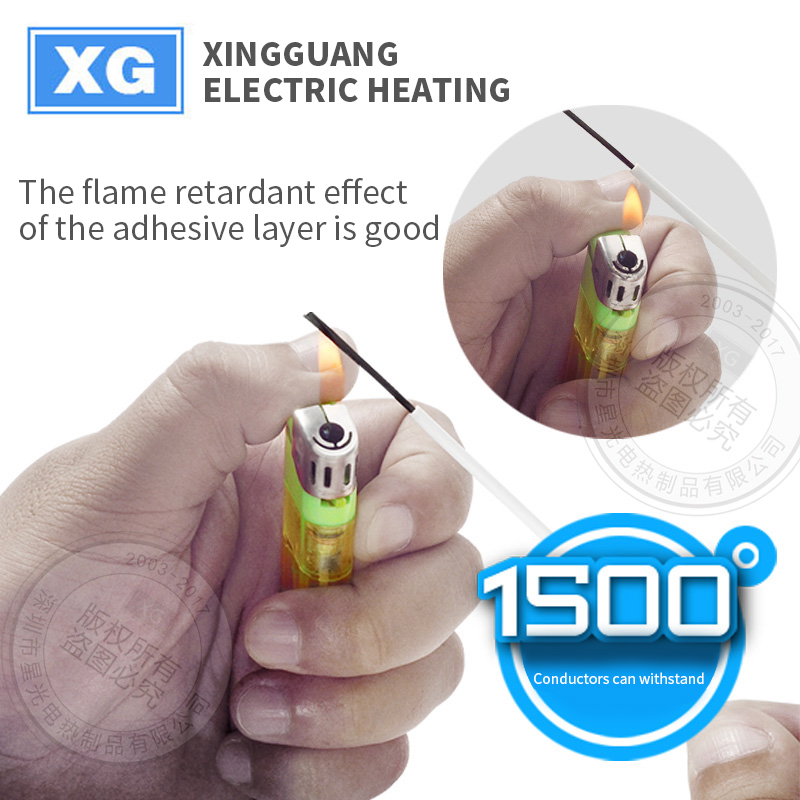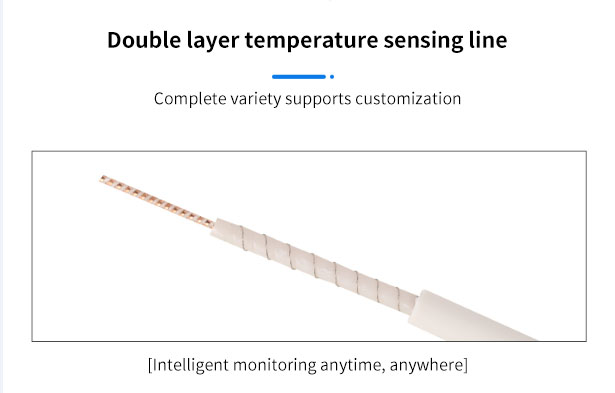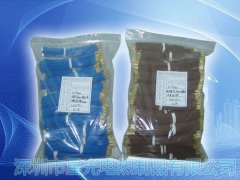Far infrared heating technology emerged in the early 1970s, it is a focus on the promotion of an energy-saving technology. The far infrared heater has plate, tube, far infrared heating wire, lamp and lamp mouth, the energy used is mainly electric energy, but it can also use gas, steam, biogas and flue gas. Using this technology to improve the heating efficiency, it is important to improve the absorption capacity of the heated material to the radiation, so that the molecular vibration wavelength matches the wavelength of the far infrared spectrum. Therefore, the appropriate radiation element must be selected according to the requirements of the heated material, and different selective radiation coating materials should be used, and the surface condition of the heating body should be improved .
Compared with traditional heating methods such as steam, hot air and resistance, far infrared heating has many advantages such as fast heating speed, good quality of new products, small equipment footprint, low production cost and high heating efficiency. With it instead of electric heating, its power saving effect is particularly significant, generally can save about 30% of electricity, and even up to 60% to 70% in individual occasions. To this end, this technology has been widely used in paint, plastic, food, medicine, wood, leather, textiles, tea, tobacco and many other products or materials heating melting, drying, shaping, consumption, curing and other different processing requirements. It is generally believed that the heating and drying of wood, leather, paint and other organic substances, polymer substances and water-containing substances has the most significant effect. In some cases, this technology and aluminum silicate refractory fiber insulation material in the same furnace application effect is very good .
Far infrared heating technology is a new science, in recent years with the increase of far infrared production varieties and quantities, its application field is also expanding, far infrared heating technology is increasingly attracting people's attention, so the study of far infrared radiation materials and applications have broad prospects. The energy-saving principle of far-infrared radiation materials is: The far infrared radiation material can effectively convert other energy and be absorbed by the molecular vibration of the heated material, so as to achieve the purpose of heating and drying. It has the characteristics of energy saving, fast heating and heating, no pollution, high thermal efficiency, and can be widely used in textile, printing and dyeing, mechanical and electrical, printing, glass annealing, food processing and medical care, civil cookware, heating equipment, etc. The far infrared ceramic radiation material developed by us is used in the coating of aluminum products, its time saving rate is more than 40%, the heat utilization rate is about 35%, and the energy saving rate is more than 80%, which is an ideal high-efficiency energy-saving material .
Far infrared heating theory: When the radiation spectrum of the heating body matches the absorption spectrum curve of the absorber, the thermal efficiency is the highest. The far infrared matching absorption theory is correct only when the thickness of the heated object is measured in the infrared spectrum.

